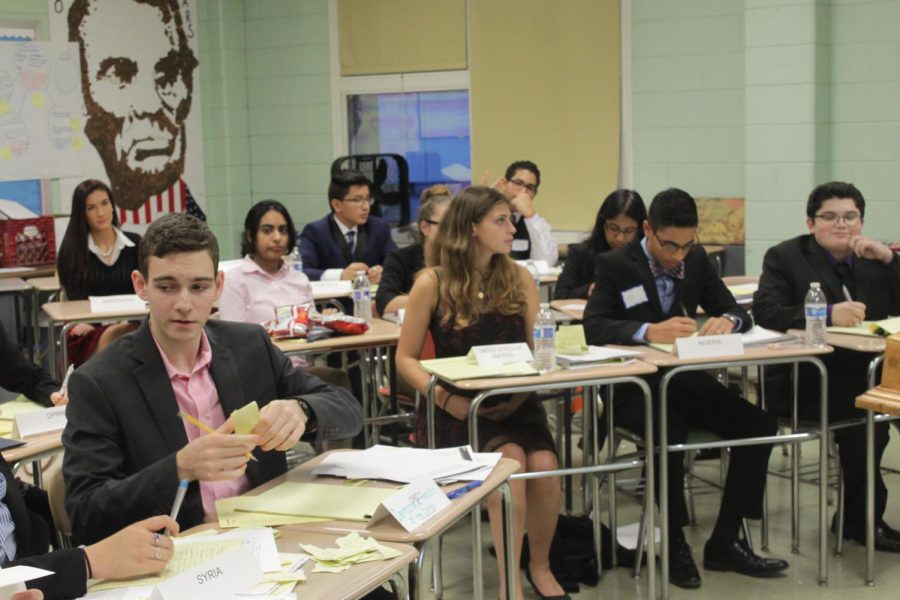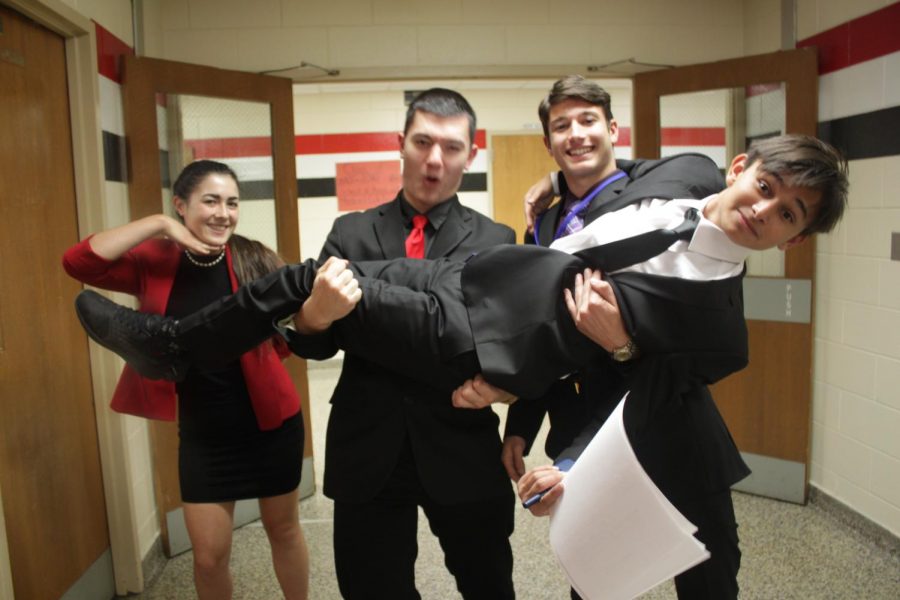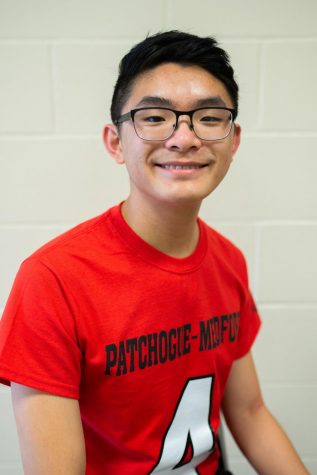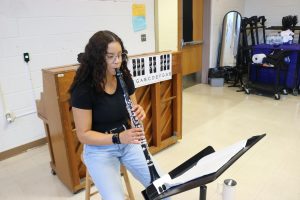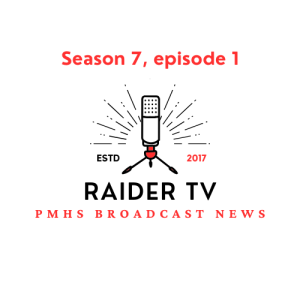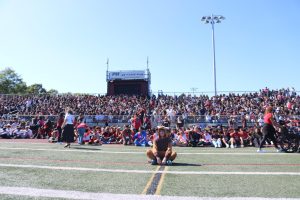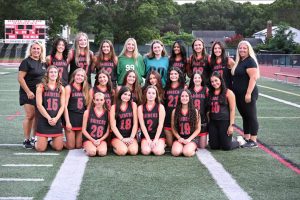Model UN Conference X
PMHS hosted its tenth conference
Photo by Provided by PMHS Model UN
Students at Model UN Conference in Committee
November 25, 2017
These days, at any given time, you could turn on the TV and the same headlines will come-up: North Korea has once again threatened the U.S. with nuclear destruction or Evidence has been uncovered revealing Russian involvement in the recent U.S. Presidential election. Most Americans, if prompted with those topics, would likely be more than comfortable in having a discussion about it. But what about the ethnic-cleansing in Bangladesh or the military coup in Zimbabwe? Can they have a conversation about the severe lack of physicians in Eritrea or the Catalonian separatist movement in Spain? As citizens of the “superpower” of the modern world, it is essential to be aware of the affairs in our international community. However, due to the selective reporting of many media outlets (on mostly U.S. centric issues) and lack of concern from everyday people, this is simply not the case. Though the average person on the street may not consider global issues in their everyday lives, there are a special group of students who have devoted an unbelievable amount of effort into understanding what is happening outside of the small bubble of “Pax Americana”.
Model United Nations is an international club that simulates the activities that occur in the actual United Nations. Beginning a few years after the formation of the UN in 1945, this simulation attracted thousands of students at both the high school and collegiate level. So what exactly happens at this “Model UN”? In basic terms (and minus all the lingo), Model UN is generally centered around a conference event. Within the conference, there are multiple committees that are modeled after the committees in the United Nations. These include the Human Rights Council (HRC) and the World Health Organization (WHO), which were created to target their namesake areas. Within these committees, participants represent a certain nation, of which they are assigned. Over a laborious number of hours, these students debate furiously and simultaneously practice diplomacy with a goal to create a resolution to the issues they are presented with.
At Patchogue-Medford, Model United Nations began all the way back in 2004, by Ms. Botta, an AP World History teacher who continues to be the advisor today. It wasn’t until 2008 however, that Pat-Med held its very own conference. This year, they celebrated their tenth annual conference, drawing in over 200 students from high schools all over Long Island and from New York City. To Ms. Botta, the vast number of participants at Pat-Med MUNC really authenticated the conference overall. She stated that “It changes, and adds to the dynamic, when you have people of different backgrounds” – an opinion that most Model UN students will agree with. With the development of new technologies and growth of interconnectedness in our world, being able to work effectively with a large variety of people is more important than ever.
This cultivation of such a diverse and enriching experience was not without work however. The process of preparing for such a big conference had begun six months prior. One of the most special parts of this club is the direct involvement of students in all aspects. Not only are the students responsible for developing and researching the debate topics, students are actually given the privilege to run entire committees. Essentially, students act as mediators during the debate with no adult supervision or interference. Over time, Model UN evolved to become almost fully dependent on students, to the point where students were actually teaching their peers the necessities to become great delegates. Ms. Botta called this a “legacy that is perpetuated by the students that are part of it”. This club that she had decided to start over a decade ago, took a life of its own, where the students were able to sit in the driver’s seat.
A huge advantage of participating in this club is developing as a global citizen. As stated before, in today’s world, and as an American, it is easy to be self-absorbed. We like to think that America is at the center of the universe and the only news that is relevant is the news pertaining directly to our own country. Personally, I see evidence of this everyday. Whenever a terrorist attack occurs on U.S. soil, the story perpetuates for weeks, if not months. Not that these events should not be extensively covered, but is it reasonable when a Las Vegas shooting receives thousands of hours of media coverage, while a suicide bombing in Nigeria which kills 50 people receives a mere sentence on the radio? Students in Model UN are breaking down that barrier to see the bigger picture. According to Ronald Lospenuso, the Secretary General of the team, he joined Model UN to “make new friends” and get him “out of his shell”. While achieving both of these goals, he can indubitably say that he has gained quite a lot more than those two things.
When prompted with whether or not there will be conference next year, Ms. Botta laughed and replied with a mysterious, “We’ll see.”

